Don’t Kill Your Butterfly Bush: A Real-Talk Guide to Winter Care
I’ve been in the gardening game for a long time, working on everything from sprawling commercial landscapes to cozy backyard gardens. And if there’s one plant I’ve seen meet a surprisingly tragic end, it’s the butterfly bush. People are always shocked because these things are so vibrant and tough all summer long. But honestly, their survival through a tough winter has almost nothing to do with luck and everything to do with how you prep them.
In this article
The internet is a mess of conflicting advice on this. Some guides tell you to chop it back in the fall, which, from personal experience, is a fatal mistake in colder climates. Others give one-size-fits-all advice that just doesn’t work for someone in, say, Maine versus someone in Georgia. My goal here is to cut through the noise and share the methods that actually work, the stuff I teach to the new folks on my crew. Let’s get into it.

First, Let’s Understand the Plant
Before you even think about grabbing your pruners, you need to know what’s going on inside that bush. When you get the ‘why,’ the ‘how’ makes a whole lot more sense.
As the days get shorter, the plant goes into dormancy—basically, a state of suspended animation. It stops trying to grow and instead pulls all the good stuff (sugars and energy) from its stems and leaves down into its root system. That stored energy is what it’ll use to burst back to life in the spring. Our job is to protect that root system at all costs. The top part? In cold climates, it’s mostly expendable. The real life of the plant is in the crown (that spot right at the soil line where the stems meet the roots) and the roots themselves.
Here’s the key concept: the roots are way tougher than the stems. On a common butterfly bush, the roots can handle a deep freeze, down to what we call Zone 5 conditions. The woody stems, however? They’re often only hardy to Zone 6 or 7. This means if you live in a colder area, you should fully expect all the branches to die back to the ground. That’s totally normal! The plant just acts like a perennial, starting fresh from the base each year.
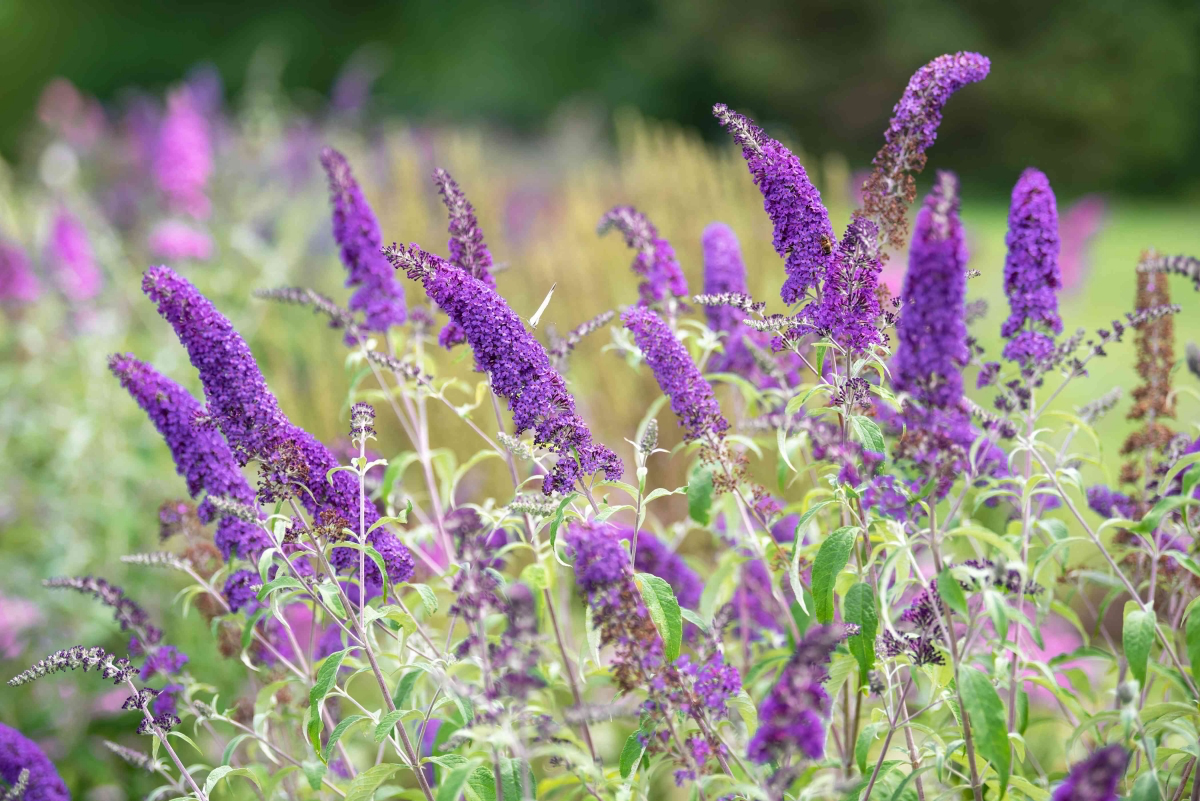
By the way, it does help to know which variety you have. While most of the popular ones follow these rules, plant breeders have developed some awesome newer dwarf varieties, like the ‘Lo & Behold’ and ‘Pugster’ series, which often have better stem hardiness and are bred to be non-invasive. Lost the plant tag from the nursery? No worries. Try using a plant ID app on your phone or scroll back through your summer pictures—the flower color and shrub size are huge clues. When in doubt, just follow the standard advice here; it works for most.
The Big One: When (and How) to Prune
This is where almost everyone messes up. Timing is everything, and it’s the most debated topic for this plant. I’ve seen the good, the bad, and the ugly results across hundreds of gardens.
Why You NEVER Prune Hard in the Fall
I get it. You want to tidy up the garden for winter. So, you go out in October and cut the butterfly bush way back. Please, don’t do this. The stems are hollow, and when you make a fresh cut, that hollow tube becomes a perfect little pipe for rain and snowmelt. When that water freezes, it expands and splits the stem, often right down into the crown, killing the whole plant.
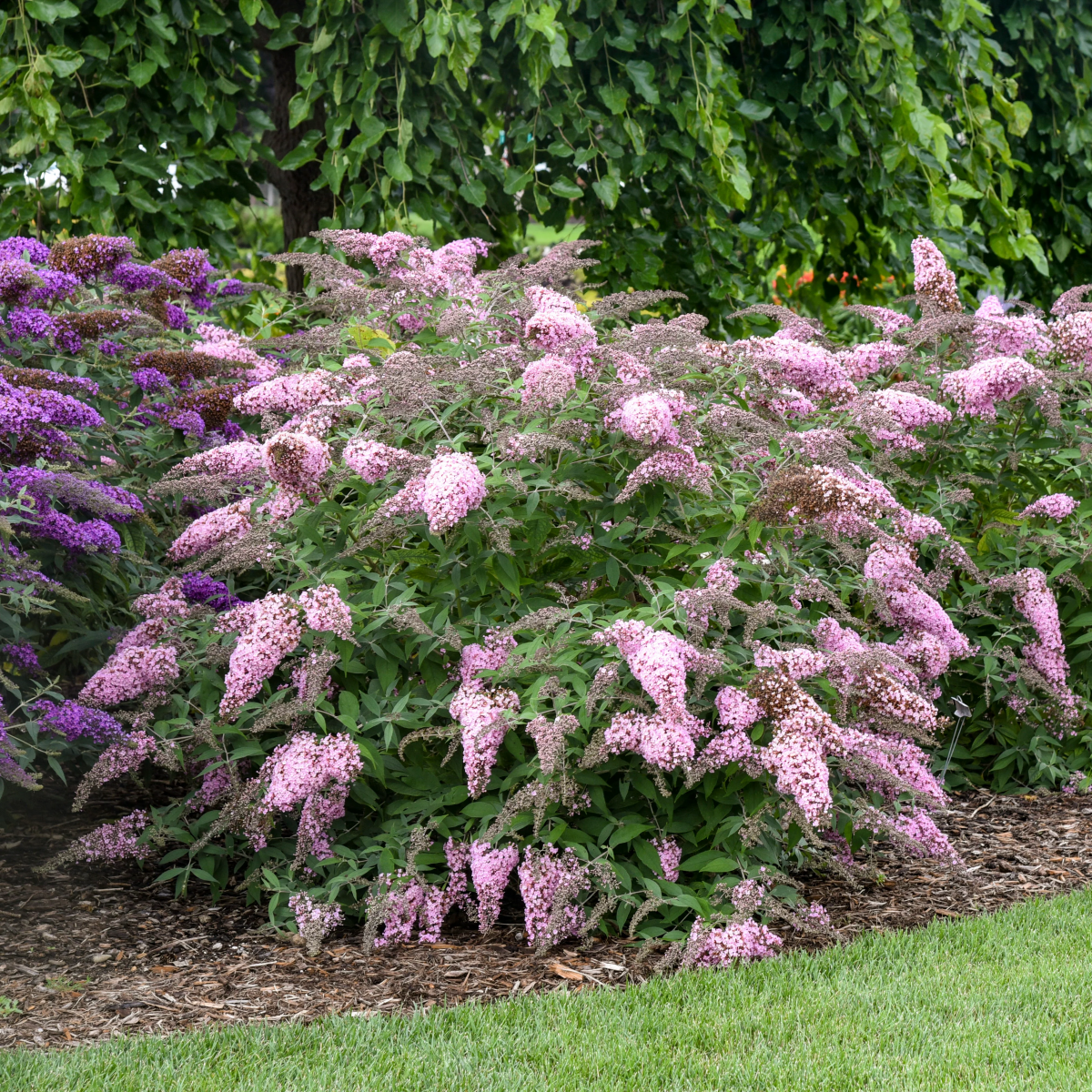
I learned this the hard way years ago. A client insisted on a super ‘neat’ fall cleanup. We cut back a row of ten gorgeous, deep-purple butterfly bushes. That winter was a wet one, followed by a deep freeze. The next spring? Only two came back. The rest were mushy, rotted messes at the base. It was a painful and costly lesson. Now, I’m a stickler: we don’t do hard pruning in the fall. Period.
The Pro’s Timing: Late Winter or Early Spring
The right time to do the major pruning is after the worst of winter’s cold has passed but before the plant really starts growing. For most of us in Zones 5-7, this is sometime in late March or April. A great little trick is to wait until you see the tiniest new green buds starting to swell on the lowest part of the stems. That’s the plant telling you it’s waking up. Pruning right at that moment kickstarts a burst of healthy new growth.
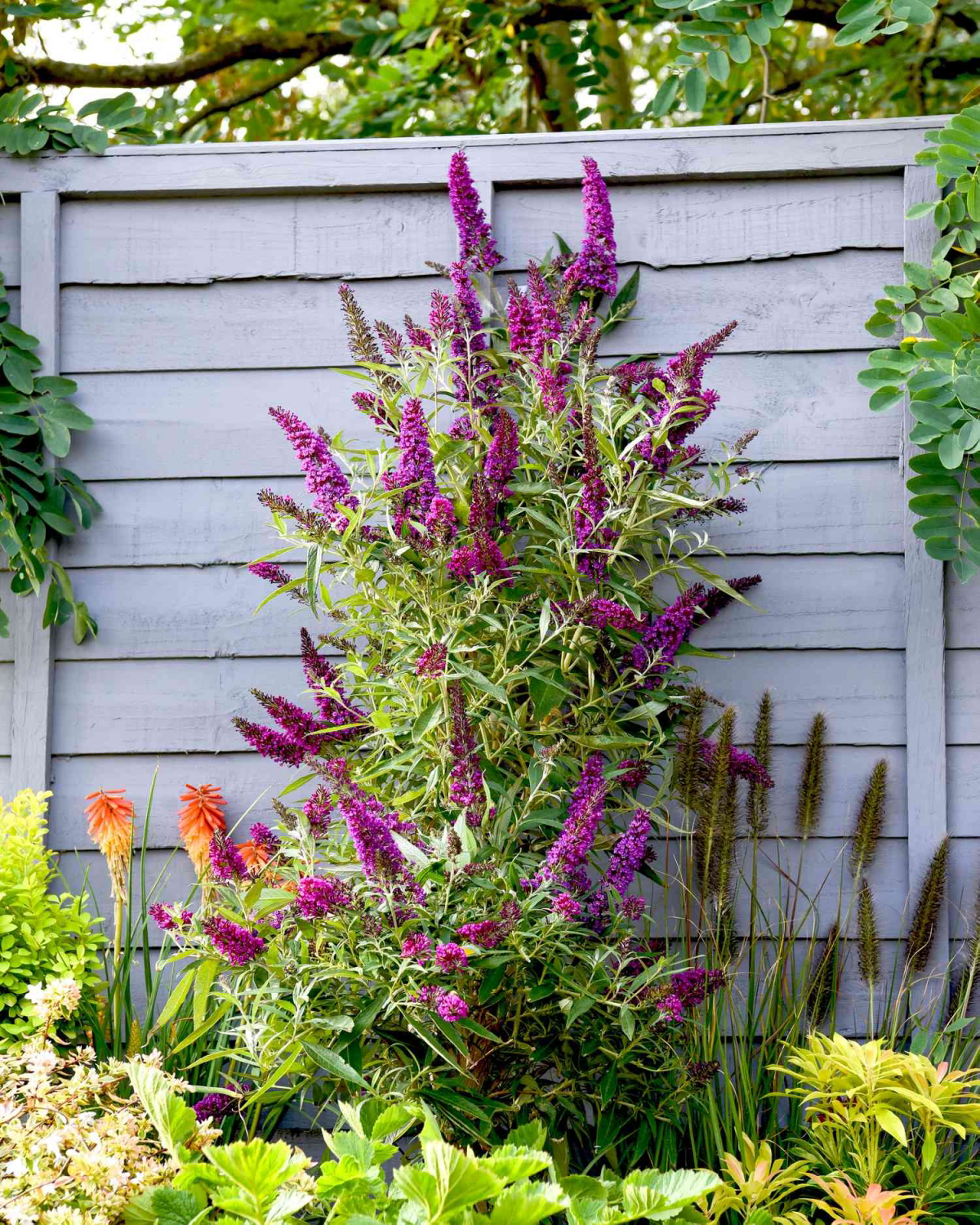
The Technique: Be Brave, Cut it Back Hard
Reading “cut it to 6 inches” can feel terrifying, I know. You look at this big, sprawling bush and think, “Really?!” Yes, really. A butterfly bush blooms on new wood, meaning this summer’s flowers grow on stems that grow this spring. Old wood means fewer, smaller flowers. Don’t be timid!
Here’s the plan. The whole thing should only take you 15-20 minutes for an average-sized shrub.
- Grab the right tools. You’ll want sharp bypass pruners. For thicker stems, use loppers. For an ancient, woody trunk, you might even need a small pruning saw. A quick wipe of the blades with rubbing alcohol between plants is a good habit.
- A Quick Tip: Before you make the first cut, lay an old bedsheet or a tarp on the ground around the base of the plant. This makes cleanup SO much easier. You just bundle up the corners and drag all the cuttings away in one go.
- Make the cut. Take a look at the bush. It’s probably a 4-foot tall, twiggy structure. Now, take a deep breath and cut every single stem back to about 6 to 12 inches from the ground. Seriously. You’ll be left with a small, sad-looking collection of stumps. This is the ‘before.’ The ‘after’ comes in a few months when it’s a lush, vase-shaped shrub loaded with blooms.
- Tidy up. Remove all the cut branches from the area to help with air circulation and prevent any pests from hanging around.
One exception: If your bush has super long branches that might get whipped around by winter winds and damage the roots, it’s okay to do a light trim in the fall. Just shorten those branches by about a third. This isn’t a hard prune; it’s just a little haircut for safety.
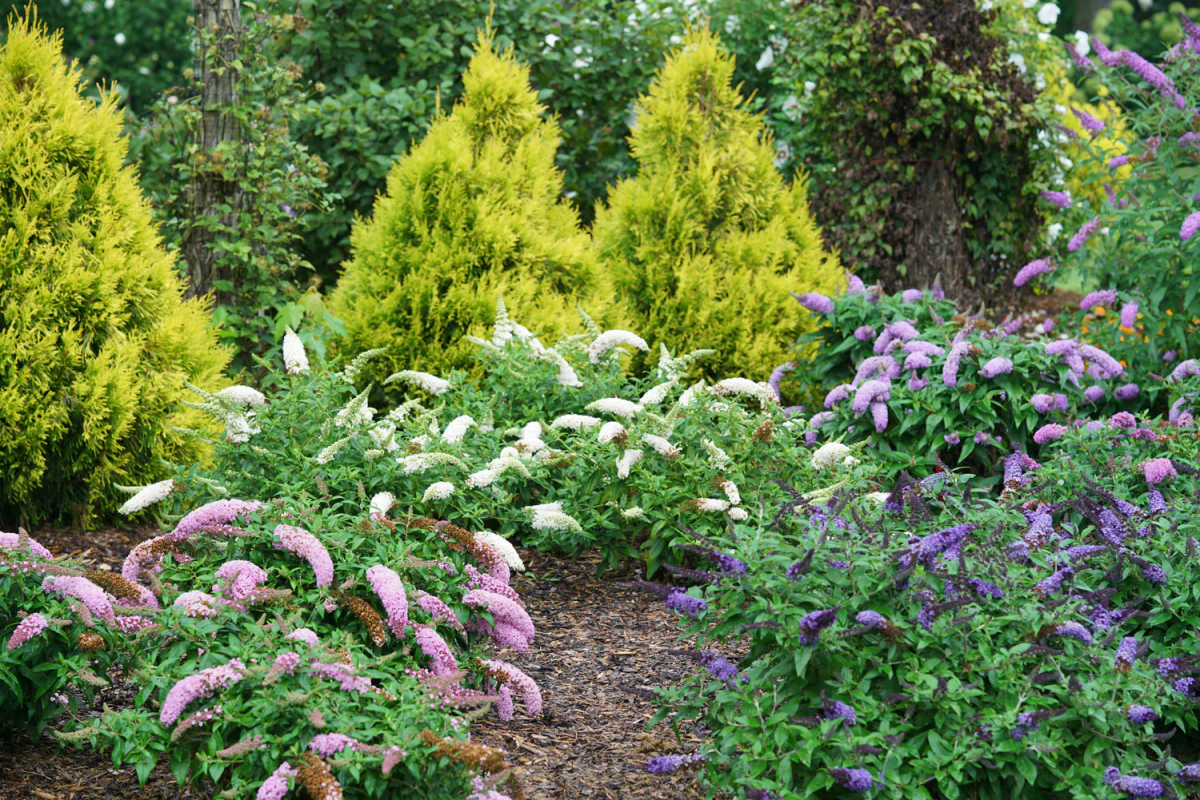
The Insurance Policy: Mulching Correctly
Mulching is your next most important step, especially in colder zones. But most people misunderstand its purpose. It’s not about keeping the ground warm; it’s about keeping it at a stable temperature. Winter ground goes through endless freeze-thaw cycles, which can heave the soil and literally pop plant roots right out of the ground. A thick layer of mulch is like an insulated blanket that stops this cycle, protecting those precious roots.
Wait to apply it until after the first hard freeze, usually around late November or early December in a Zone 6. If you do it too early, you can trap warmth and confuse the plant, and also create a five-star hotel for voles and mice that love to chew on bark.
When you apply it, don’t pile it up against the stems like a volcano. That’s a classic mistake that encourages rot. Instead, create a donut shape, keeping the mulch 2-3 inches away from the base. A generous layer of 4 to 6 inches is perfect.
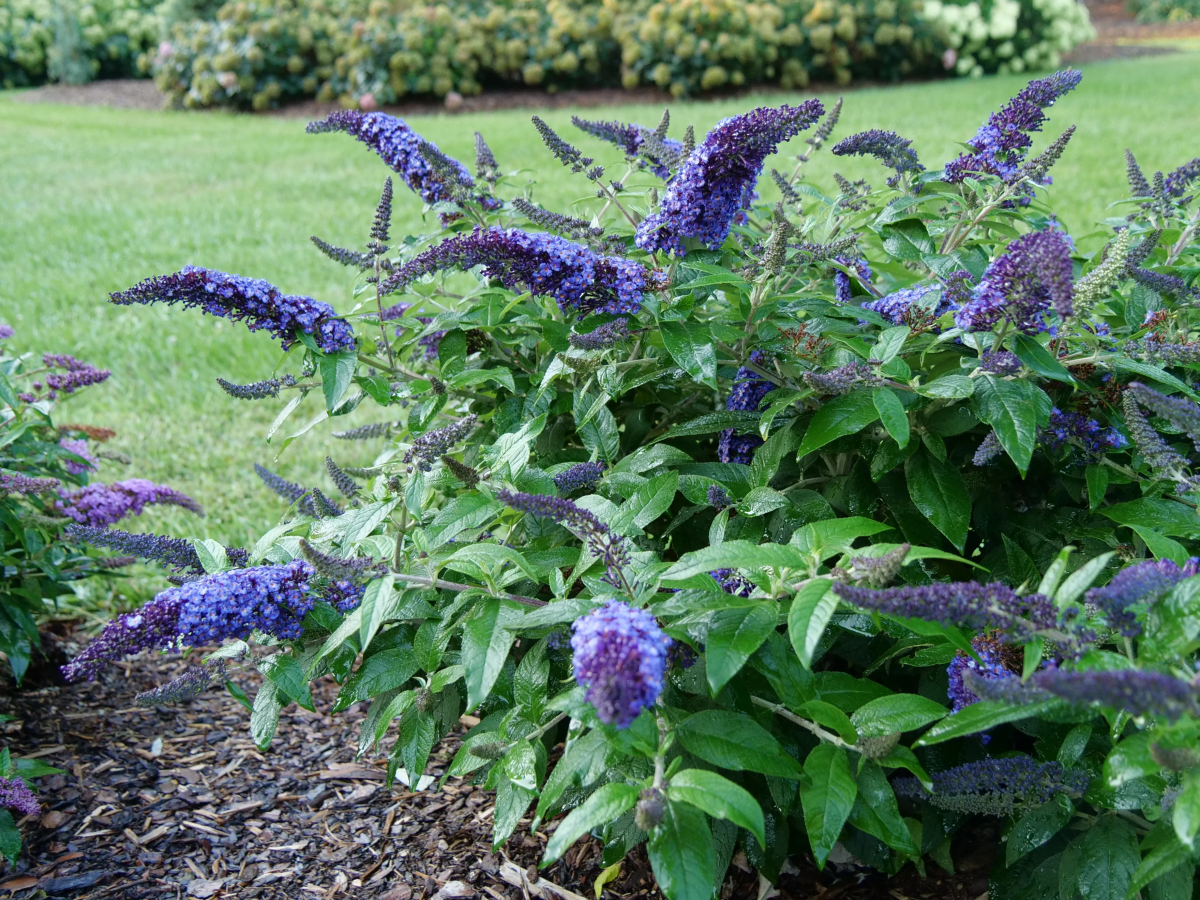
As for what to use, here’s my take:
- Shredded Bark or Wood Chips: This is my go-to. It looks great, stays put, and improves the soil as it breaks down. A 2-cubic-foot bag will run you between $5 and $8 at a place like Home Depot or your local garden center.
- Shredded Leaves or Straw: Fantastic insulators, and they’re often free! The only downside is they can get soggy and form a dense mat, or just blow away. I like to fluff them up a bit in the spring.
- Compost: This is more of a soil feeder than an insulator. A good strategy is to put down a one-inch layer of compost, then top it with 4 inches of leaves or bark.
- Avoid This: Never, ever use plastic sheeting. It traps moisture and suffocates the roots.
Hold On—Is Your Soil Draining Well?
I’ve mentioned that butterfly bushes hate having “wet feet,” especially in winter when cold, soggy soil is a death sentence. But how do you know if your soil drains well? Here’s a super simple test.
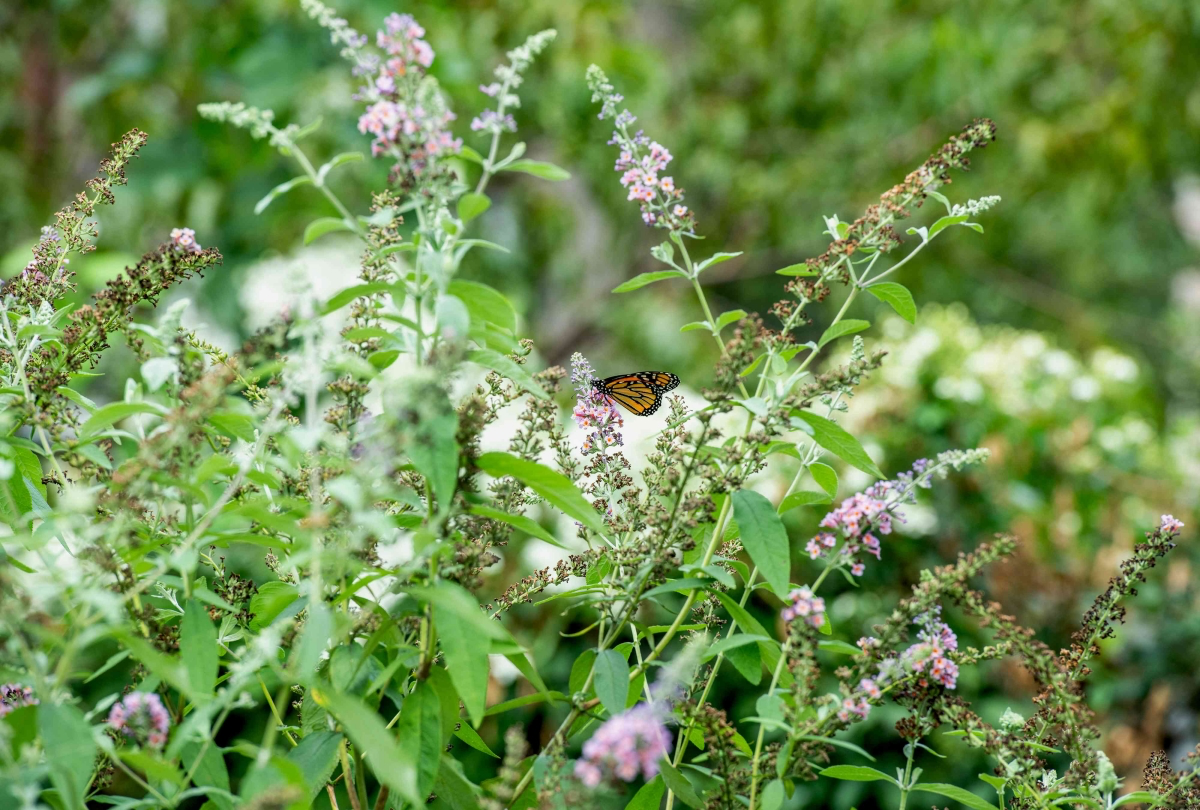
Dig a hole about one foot wide and one foot deep. Fill it to the top with water and let it drain completely. Then, fill it again. This time, keep an eye on it. If the water drains out within a few hours, you’ve got great drainage! If there’s still standing water after 8-10 hours, you’ve got a drainage problem. You’ll need to amend the soil with lots of compost or consider planting in a raised bed.
Your Climate, Your Rules
You can’t use the same strategy everywhere. Knowing your USDA Hardiness Zone is essential (a quick online search for “USDA Plant Hardiness Zone Map” will get you there). This is non-negotiable.
- For Cold Climates (Zones 5-6): This is where all our advice is critical. Assume the plant will die to the ground. Do the hard prune in late spring. Mulching is mandatory. And be patient! They are notoriously late to wake up. I’ve had clients panic in mid-May, but new growth often doesn’t show until the very end of the month.
- For Moderate Climates (Zones 7-8): Here, the stems often survive. You can still do the hard prune for a tidier look and bigger flowers, or you can prune more lightly to let it grow into a larger shrub. A 2-3 inch layer of mulch is still a good idea for overall soil health.
- For Warm Climates (Zones 9+): Winterizing isn’t really a thing. The focus here is on maintenance pruning and, more importantly, responsibility. The common butterfly bush can be invasive in these regions. Please be a good garden steward and plant one of the sterile modern varieties. Look for series like ‘Lo & Behold’ or ‘Pugster’ that don’t produce viable seeds.
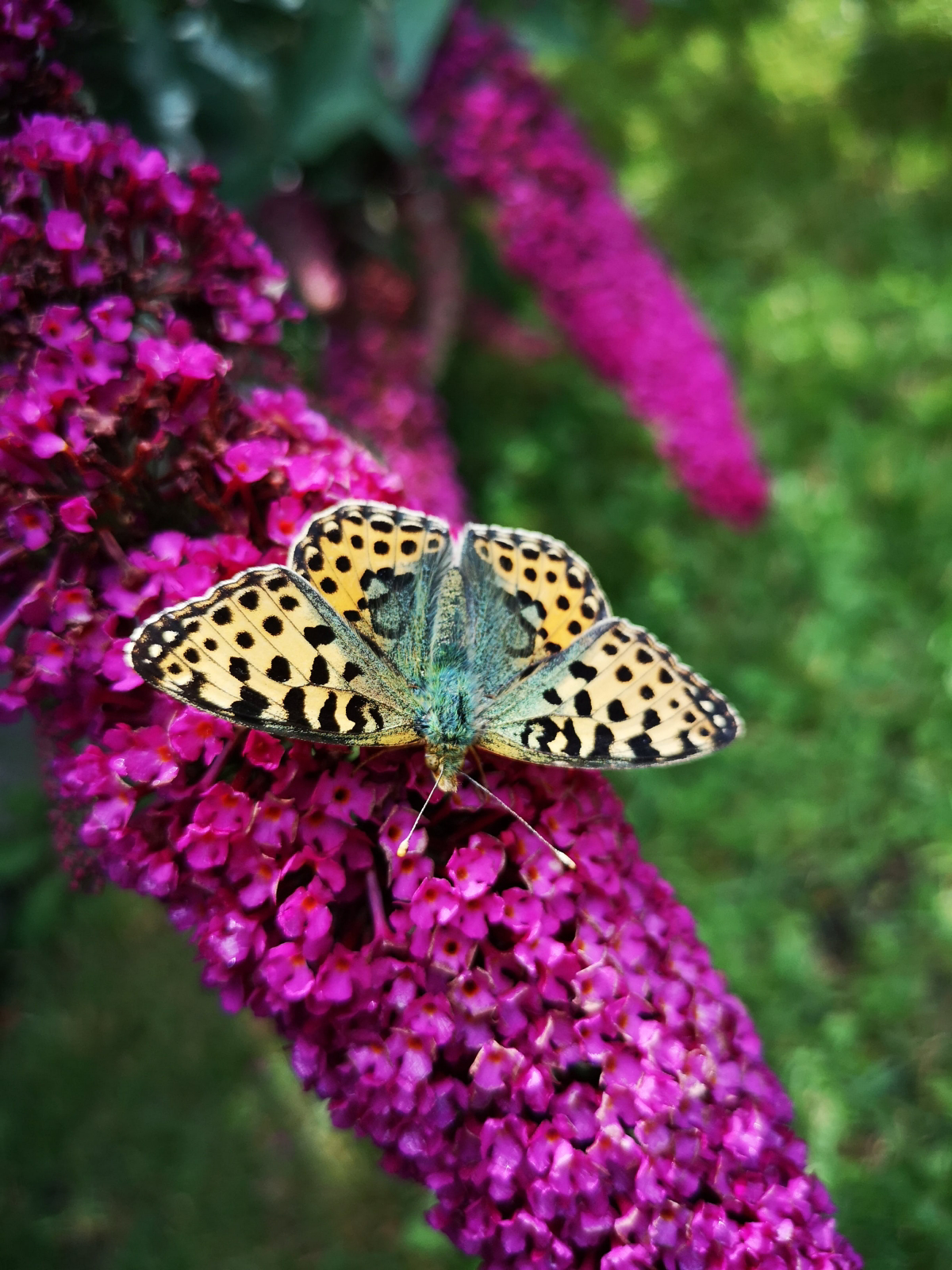
What About Plants in Pots or Old, Gnarly Bushes?
A plant in a pot is way more vulnerable. The best bet is to move it into a cold but sheltered spot like an unheated garage or shed for the winter. If it’s too big to move, group it with other pots against a house wall and wrap the pot (not the plant) in bubble wrap or burlap, then pile mulch over it.
If you’ve inherited an old, woody monster that barely flowers, you can often save it with a “renovation prune.” In late winter, just cut the entire thing down to 6 inches from the ground. It’s a risk, as a very old plant might not recover, but 9 times out of 10, it comes back stronger than ever.
So there you have it. It might seem like a lot, but it’s a simple process once you get the timing down. By following these steps, you’re not just helping your butterfly bush survive—you’re setting it up to be the star of your garden next summer.
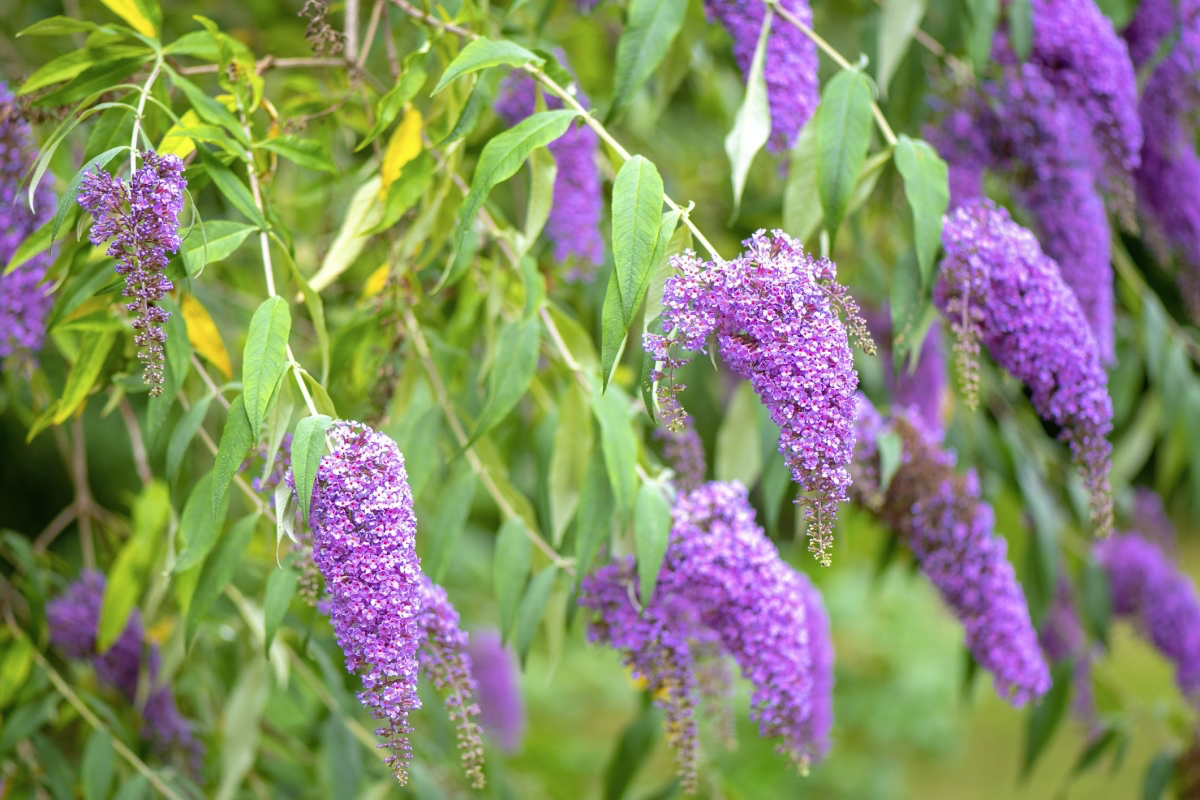
Galerie d’inspiration
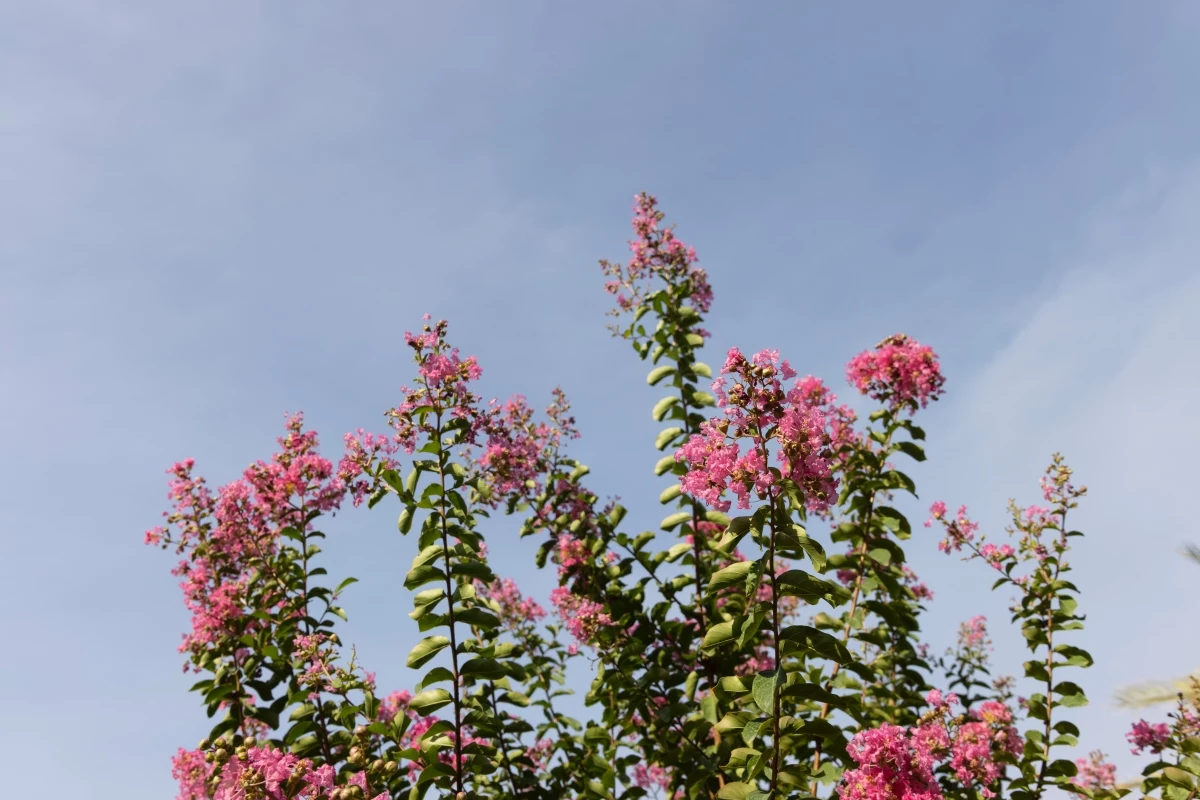
What about my butterfly bush in a container? Is winter care different?
Absolutely, and getting this wrong is a fast track to a dead plant. A pot offers almost no insulation, meaning the roots are exposed to the full force of freezing temperatures. In Zone 7 or colder, the safest bet is the










